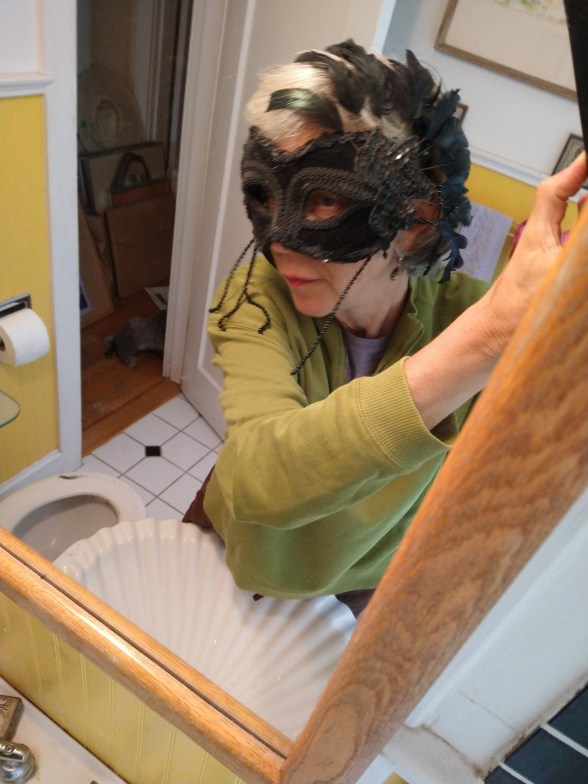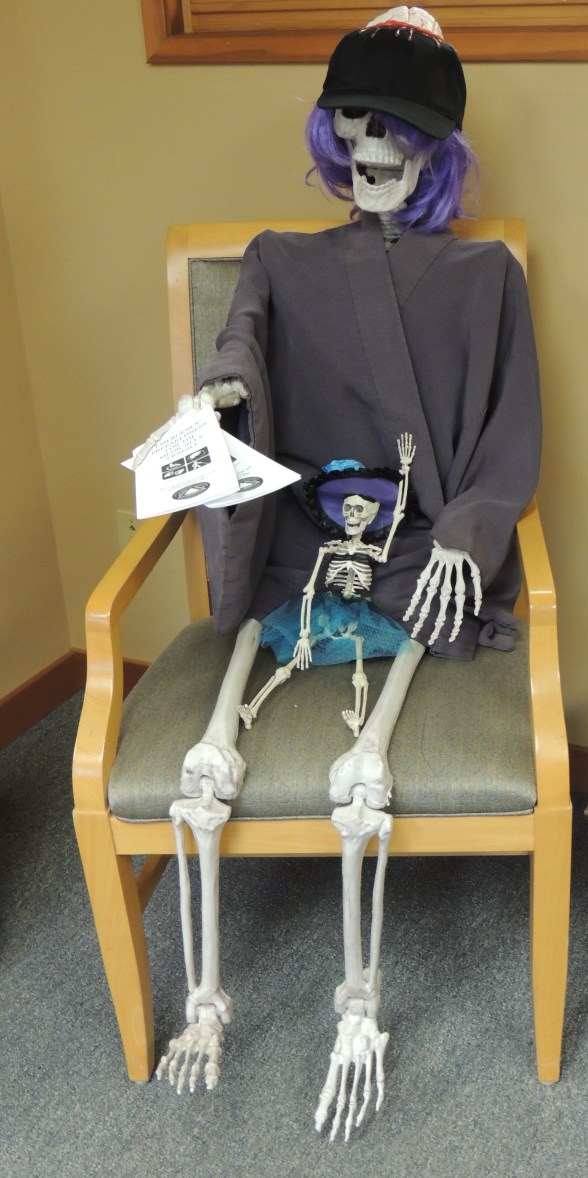For the Ragtag Daily Prompt: object. I strenuously and loudly object to medicine meaning pills.
During my three months temp job at a nearby Army Hospital in 2010, I wanted to work with residents, Family Practice doctors in training. I finished residency in 1996 and have worked in rural clinics and hospitals for 14 years. I want more rural family practice doctors and I agitated to work with the residents in training.
The Family Practice Department had actually hired me to do clinic. They are swamped and trying to hire temporary and permanent providers as quickly as they can. Six different temp companies called me about the same job, so the word is definitely out.
Initially the department head explained that I was there to do clinic, but she changed her mind. I was cheerful about the electronic medical records. Learning a new electronic medical record is awful, but I was happy to be there, excited about working with residents and in a hospital more than 16 times as big as my usual small town hospital. Most importantly, I was patient with the computer. I have finally realized that computers don’t actually speak English. They speak computer and they are dumb as rocks and they make no effort to understand what I am saying. They don’t care. So it is no use getting mad at the dumb thing when it crashes or when it doesn’t do what I want: I have to go find someone who knows the exact language that the stupid machine will understand.
Since I was cheerful, my department head let me do what I want. I was on the clinic schedule every day, but it was empty. I would arrive and see walk-in active duty people from 6:30 to 8:00. At the same time, I would email the department head and ask what I was doing that day. Half the time, a physician was sick or had a family crisis, so she would move people around and put me with the residents. If not, I would open clinic.
I enjoyed the “Attending Room” duty. Family Practice Residents have their MD but then go through three years of training. The first year residents must precept every clinic patient. That is, they see the person and then come discuss the case with the faculty. Second year residents were required to precept two patients per half day and third year residents had to do one; and all obstetric cases were precepted.
Back when I was in residency and the dinosaurs roamed the earth, no one ever read any of my notes. This has changed. Every note that is precepted must be read by the attending and co-signed. After three years hating the electronic medical record that my small hospital bought, it was very interesting to see a different system. In some ways it was better and in some worse.
We had one or two “Attendings” in the faculty room, no more than three residents per attending. One case stands out, more because of the resident than the patient. He was a first year.
He described an elderly woman in her 80s, there for headaches. Two weeks of headaches, getting a bit worse. History of present illness, past medical history, medicines, allergies, family history, social history and the physical exam. He said, “She’s tried tylonol and ibuprofen, but they aren’t helping that much.” He frowned. “She doesn’t seem to want another medicine.”
“No?” I said.
“No.” he said. “I started to talk about medicines. It doesn’t sound like migraines and she doesn’t have anything that’s really worrisome for a tumor……but she doesn’t seem to want a headache medicine.”
“Why is she really here?”
He looked more confused. “What do you mean?”
“Why is she really here?”
“I don’t know.”
“You already said why. Think about the history.” He frowned. I said, “Ok, you said that she was worried that she was going to have a stroke. Are these headaches likely to be a precursor of a stroke?”
“No.”
“Right. But that is why she’s here, because that is what she’s worried about. Look at her blood pressure, see what her last cholesterol was, talk to her about what symptoms ARE worrisome for strokes. Find out if a family member or friend has had a recent stroke. She doesn’t need a medicine. She is here for reassurance.”
“Oh.” he said. He left and came back.
“How did it go?”
“She was happy. She didn’t want a medicine. Her blood pressure is great, her cholesterol is great, we talked about strokes and she left.”
“That’s real medicine. Forget the diagnosis if the visit seems confusing. Ask yourself what is your patient worried about? What are they afraid of? Don’t focus on giving people medicine all the time. Ask yourself, why are they really here?”
And that is why I wanted to work with residents. It’s not all diagnosis and treatment. It is people and thinking about what they want and what they are worried about.
Why is she really here?
__________________________________
previously published on everything2.com
According to dictionary.com, precept is a noun. Medical school and residency have verbed it. Hey, get updated, dictionary.com!












You must be logged in to post a comment.